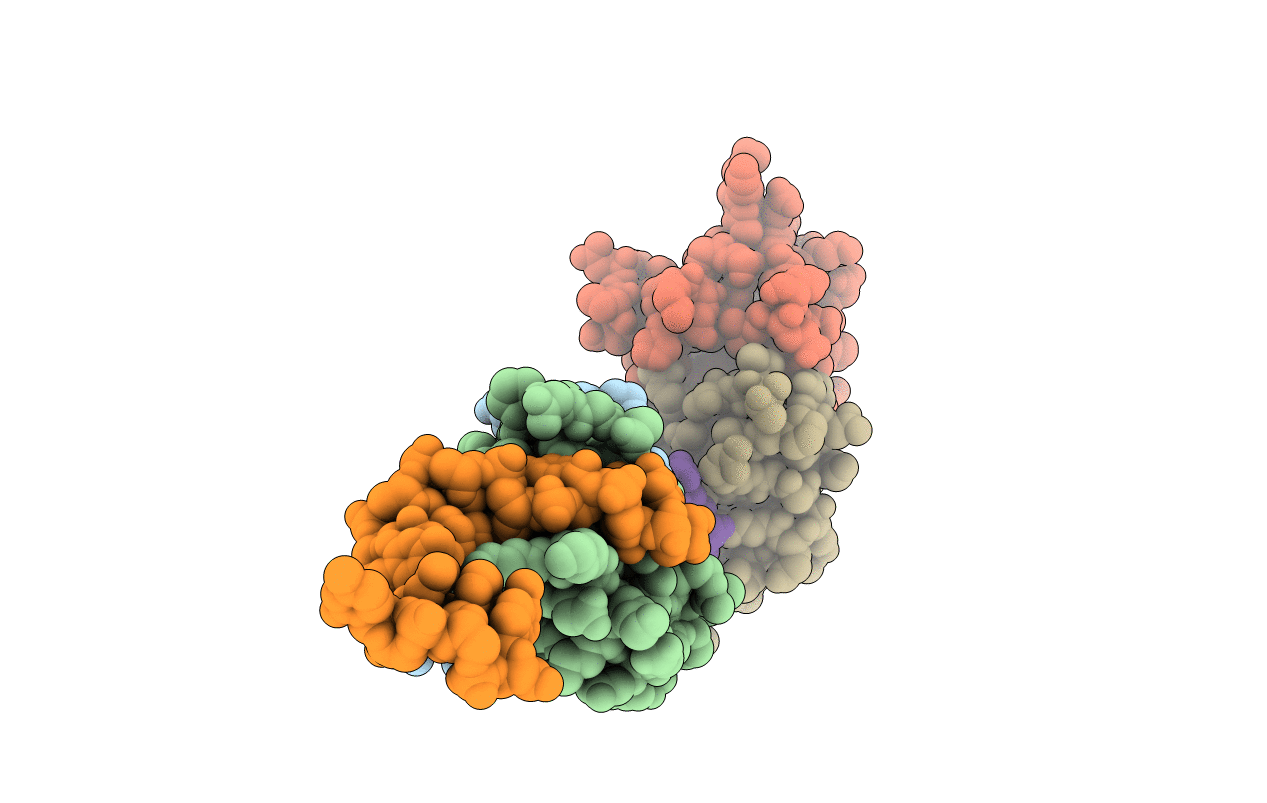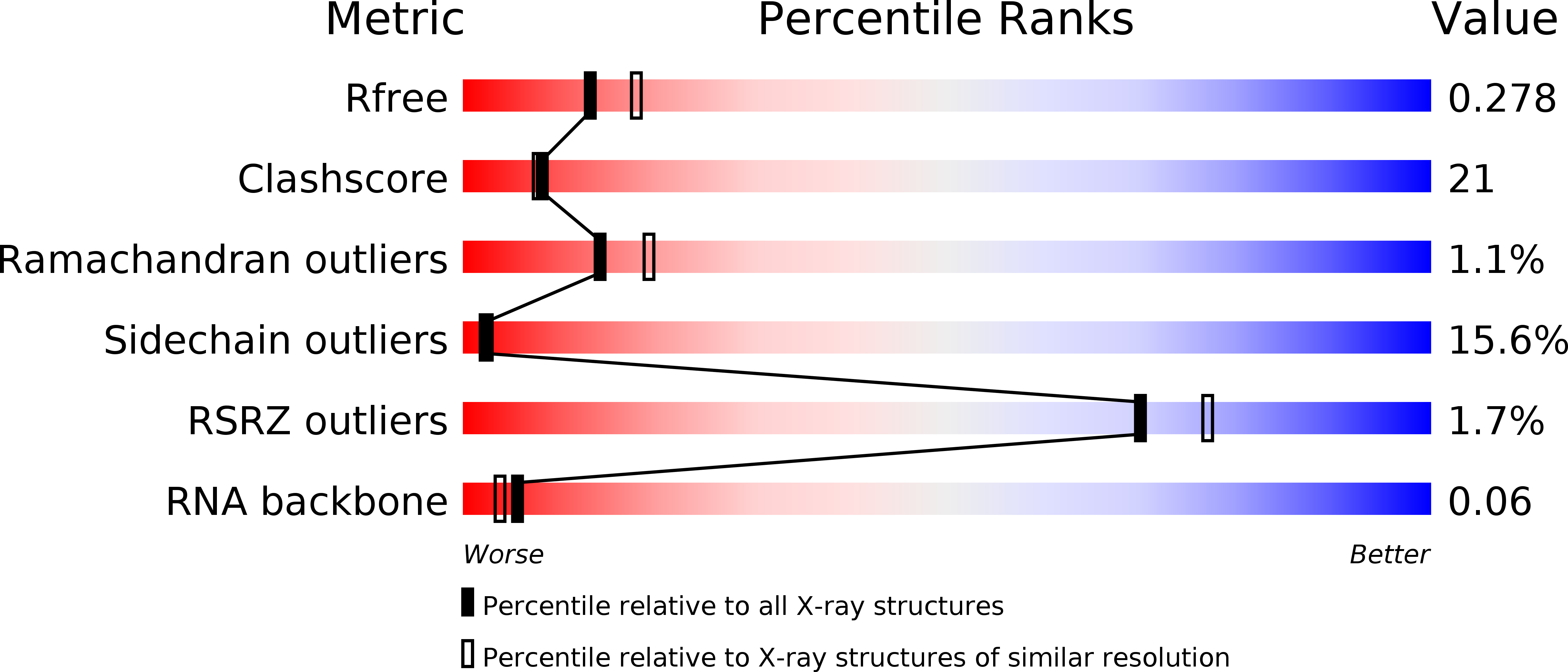
Deposition Date
2007-05-15
Release Date
2007-06-12
Last Version Date
2024-10-16
Entry Detail
PDB ID:
2PY9
Keywords:
Title:
Protein-RNA Interaction involving KH1 domain from Human Poly(C)-Binding Protein-2
Biological Source:
Source Organism:
Homo sapiens (Taxon ID: 9606)
Host Organism:
Method Details:
Experimental Method:
Resolution:
2.56 Å
R-Value Free:
0.26
R-Value Work:
0.21
R-Value Observed:
0.22
Space Group:
P 21 21 2


